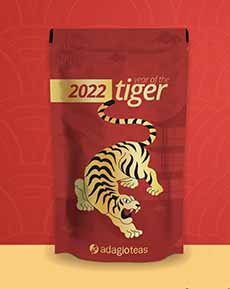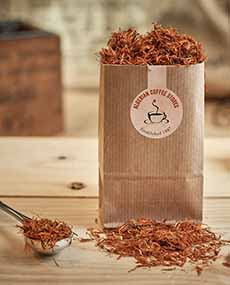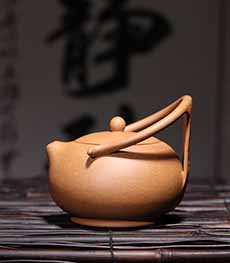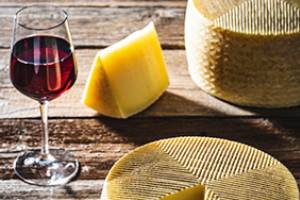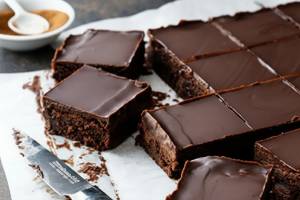Year Of The Tiger Oolong Tea From Adagio Teas & Oolong Tea History
|
The Year Of The Tiger begins on February 1st, and Adagio Teas has created a special oolong tea blend. If you’re not familiar with oolong, it’s semi-fermented or semi-oxidized tea that falls between green and black tea on the fermentation continuum (black tea ferments for two to four hours; for oolong, the fermentation process is interrupted in the middle). The flavor and caffeine content of oolong are also midway between black and green tea. While oolong looks similar to black tea, the taste is closer to green tea, with a more rounded flavor and mouthfeel. The liquor (tea terminology for the color of the brewed tea) of oolong is often golden to dark brown, but the colors can vary widely (see photo below). Its taste and aroma range from fruity to floral. However, the appearance, shape and flavor of an oolong tea can vary wildly depending on the region where it’s grown and how it’s processed. The long, blackish-green leaves inspired its name, which means “black dragon” in Chinese. Oolong is sometimes referred to as “blue tea” because some varieties have a blue tinge (others have a green tinge). However, now that an herbal blue tea made from butterfly pea flowers is becoming better known, people can brew a cup that is definitely bright blue. Adagio’s Year Of The Tiger loose leaf oolong is delicately flavored with: The tea is available in limited quantities while supplies last. Head to Adagio.com. Oolong (also transliterated as wu-lung) tea’s history is steeped (pun intended) in mystery. There are no facts, only theories. Oolong teas reached the height of their popularity during the Qing dynasty (1644 to 1912). When Ti Quan Yin (Iron Goddess of Mercy) oolong was introduced to the emperor Qian Long (reign 1735 to 1796), he was so enamored of the beauty of the tea that its popularity spread quickly. Oolong tea was usually served out of special Yixing teapots made from purple clay. These were designed to be used with one type of tea only, in order to avoid cross-contamination of flavors. Although the production of oolong tea has spread through various parts of Asia and all the way to India and Nepal, the best oolongs today still come from the Anxi and Fujian regions of China, and secondly from Taiwan. Even so, there are many different variants, based on weather, terrain and production techniques. Iron Goddess of Mercy remains one of the most revered oolongs. |
|
|
|
|
||
